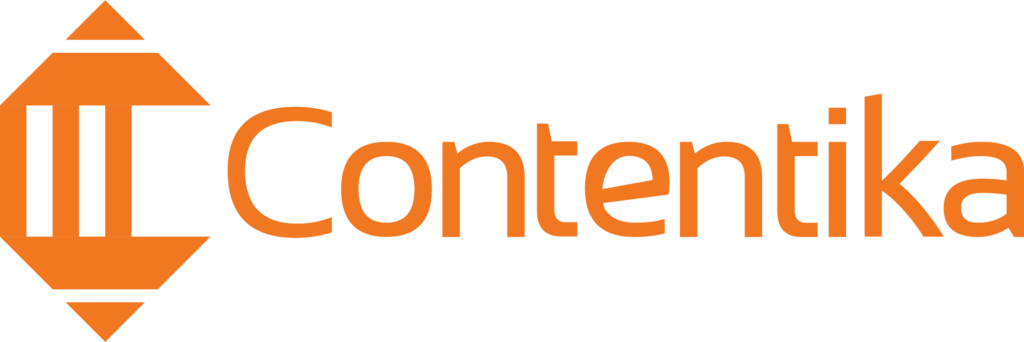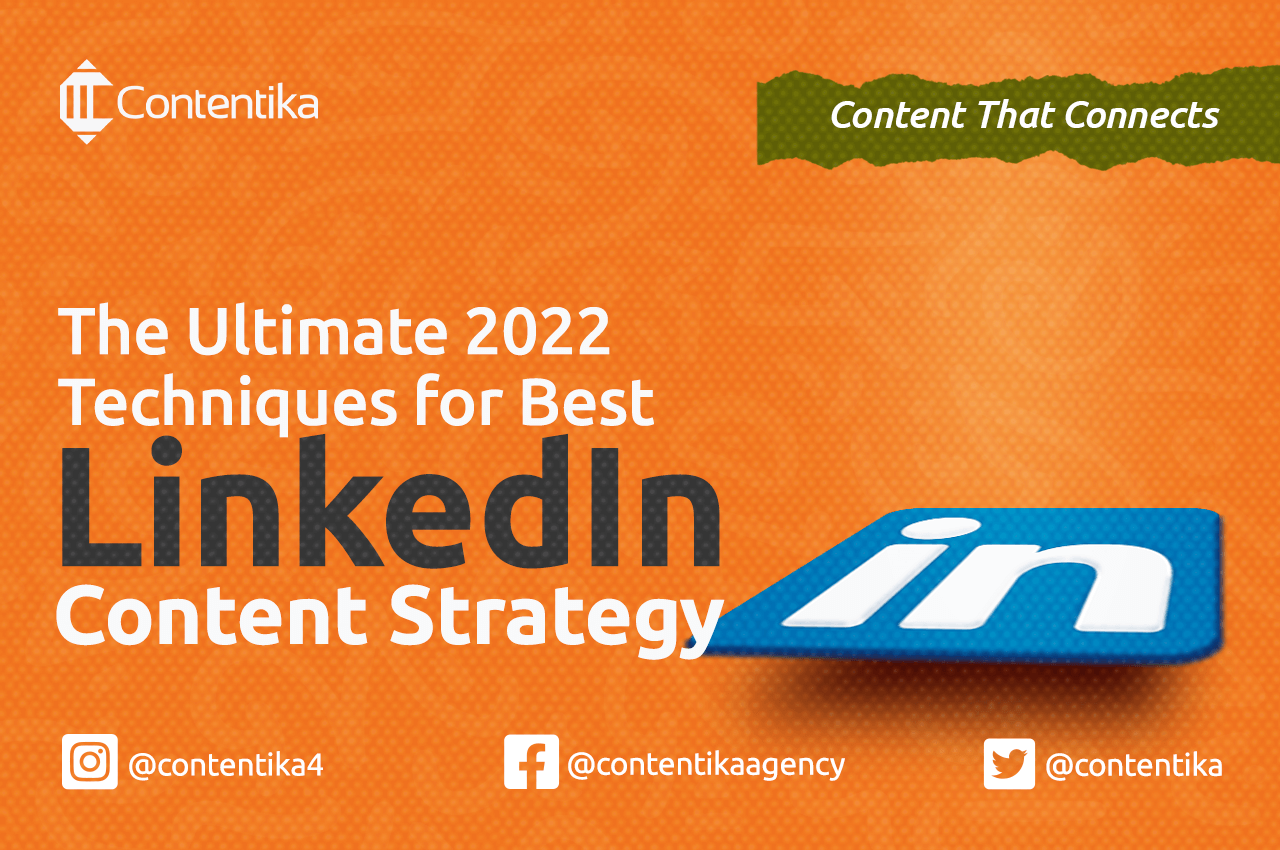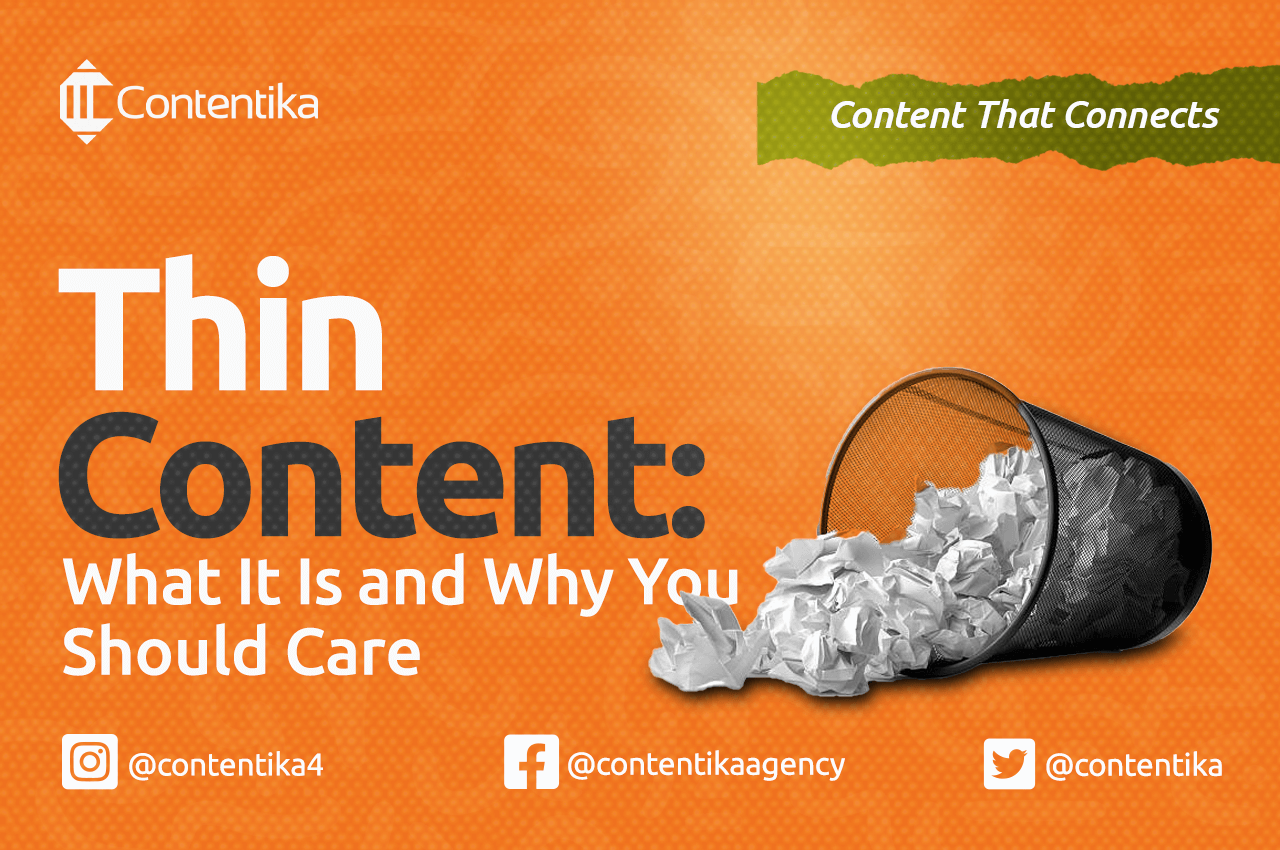If you’re not using LinkedIn as part of your content strategy, you’re missing out on a huge opportunity to reach your target audience.
Why? LinkedIn is a powerful platform with over 800 million users worldwide, making it the perfect place to share valuable content while engaging with customers, potential clients, and business partners.
But simply creating content isn’t enough – you need to have an effective strategy for how you’re going to promote and distribute it.
I mean, what’s the use of creating content if no one’s going to see it?
So, in this article, we’re going to look at how to create a LinkedIn content strategy that will help you reach your target audience and achieve your business goals.
But before diving into that, let’s look at why LinkedIn is such an essential platform for content marketing.
Why You Should Use LinkedIn For Your Content Strategy
When it comes to social media platforms, LinkedIn is often overshadowed by the likes of Facebook and Twitter. But that doesn’t mean it isn’t a powerful tool for content marketing. LinkedIn has a lot of benefits that make it the best place to share your content.
A survey conducted by the Content Marketing Institute showed that 97% of B2B marketers use LinkedIn to post content, and 78% of those surveyed said that LinkedIn is the most effective platform for content marketing. So, LinkedIn is a platform your business can’t afford to ignore.
Some of the reasons why you should use LinkedIn as part of your content strategy include the following:
LinkedIn is a Professional Network
LinkedIn is different from other social media platforms because it’s a professional network. It means that people are more likely to be engaged in professional conversations and are more open to business-related content.
“The mission of LinkedIn is simple: connect the world’s professionals to make them more productive and successful” – LinkedIn.
HubSpot says LinkedIn is 277% better than Facebook and Twitter at bringing in leads. So, if you want to get your content in front of professionals, LinkedIn is the best place to do it.
LinkedIn has a High Reach
With over 800 million members across 200 countries, LinkedIn offers such a huge potential audience for your content. And because it’s a professional network, you can be sure that the vast majority of those users are in your target market.
What’s more?
With this large user base, LinkedIn users are more likely to read and share content than on other social media sites – which means your content is more likely to be seen by your target audience.
So, if you want to reach a large number of professionals with your content, LinkedIn is a sure bet.
LinkedIn has More Engaged Users
LinkedIn has a large user base, but those users are also highly engaged. In fact, according to Social Media Today, LinkedIn users are 2.5 times more likely to read content shared on the platform than Facebook users and three times more likely than Twitter users. In other words, if you share your content on LinkedIn, there’s a good chance that people will actually read it.
Similarly, the engagement rate on LinkedIn is higher than on any other social media platform – with posts receiving an average of 1,400 interactions per post. This high engagement rate means that your content is more likely to be seen by your target audience when you share it on LinkedIn.
This level of engagement is likely because LinkedIn is the largest professional network. So, users are interested in business-related content; they’re more likely to read and engage with that type of content when they see it in their newsfeed.
You Can Target Your Content
LinkedIn offers several targeting options that allow you to ensure that the right people see your content. You can target your content by location, job title, company size, and more. This ensures that your content is relevant to your audience and makes them more likely to interact with it.
So, if you want your content to be seen and interacted with by as many people as possible, LinkedIn is the way to go.
LinkedIn is Great for Building Relationships
One of the best things about LinkedIn is that it’s an ideal platform for building relationships with potential customers. You can connect with people in your industry, share relevant content, and start building trust – all of which are essential to generating leads and closing sales.
LinkedIn is Perfect for B2B Businesses
If you’re in the B2B space, LinkedIn is the perfect platform for promoting your content. This is because LinkedIn users are typically decision-makers in their companies – meaning they’re more likely to be interested in your products or services.
According to the B2B Institute, successful marketers on LinkedIn focus on three key things:
- Reaching Buyers – with the power to act
- Driving Engagement – with those audiences
- Building Trust – along the way
What this means is that if you can get your content in front of them, there’s a good chance that you can generate leads and close sales.
What Kind of Content Should You Be Creating?
When creating content for LinkedIn, it’s essential to focus on creating relevant and helpful content for your target audience.
Your content should be focused on helping your target audience solve their problems. It should be informative and provide value – rather than being promotional or self-serving.
Some types of content that you can create for LinkedIn include:
Blog Post
One of the best ways to share your content on LinkedIn is to post links to your blog posts. Blog posts are the most popular type of content shared on LinkedIn.
It allows you to drive traffic back to your website and helps you to establish yourself as an authority in your industry. When choosing which blog post to share, ensure they’re relevant to your target audience and offer value. You can also use the “LinkedIn Articles” feature to post your articles directly on LinkedIn.
Additionally, when promoting a blog post on LinkedIn, be sure to write a custom description and include a call-to-action (CTA) that encourages users to click through to your website. You should also use relevant hashtags (#) and tagging (@) to ensure that as many people see your content as possible.
Videos
Videos are another great way to capture attention on LinkedIn. In fact, video content is becoming increasingly popular on the platform, with users watching more videos than ever. In just one year, LinkedIn video posts have generated a staggering 300 million impressions. That’s an incredible amount of engagement and highlights video content’s power on the platform.
LinkedIn video marketing has been an effective channel for 87% of marketers, helping them to reach a wider audience and drive traffic to their websites. Interestingly, you can post videos directly on LinkedIn, or you can post links to videos that you’ve shared on other platforms such as YouTube or Vimeo.
To make the most of video content on LinkedIn, focus on creating short (1-2 minutes) informative and entertaining videos.
You can use video content to humanize your brand and give your audience a behind-the-scenes look at your company. Creating targeted content for your LinkedIn company page can help attract the right kind of attention from potential customers or clients.
So if you can create compelling and engaging videos, you’ll be in a great position to reach your target audience.
Infographics
People are visual creatures – they love visual content. And infographics are a great way to communicate complex information in a visually appealing way. When creating infographics for LinkedIn, ensure they’re well-designed and easy to understand.
Also, if you create an exciting and informative infographic, other users will likely share it, giving your brand more exposure. You can also use tools like Canva to create visuals for your LinkedIn posts.
Industry News and Updates
Another great type of content to share on LinkedIn is industry news. It is vital to keep your audience up-to-date on the latest news, industry trends, and developments in your industry. This content can help you position yourself as an industry thought leader and make your brand more visible to potential customers.
Share articles, blog posts, and other pieces of content that will help your connections stay informed about what’s going on in your industry. Also, by sharing company news, marketing tips, and other helpful information on your LinkedIn page, you can attract a large audience and build a solid personal brand.
User-Generated Content (UGC)
Another great way to engage your audience is sharing user-generated content (UGC). This type of content is created by your users and can be in the form of reviews, testimonials, or social media posts.
Most customers prefer reviews and recommendations from others over advertisements. A study found that 92% of customers would rather listen to what others say about a product before making a purchase decision.
According to a recent study, 86% of companies have started using user-generated content (UGC) in their marketing strategy. This is because UGC is an effective way to build trust and authenticity for your brand and business. Using UGC in your marketing can increase your chances of success and connect more personally with your target audience.
To encourage UGC, you can run campaigns or competitions – and ask your audience to share their experiences with your brand. You can also monitor social media channels for mentions of your brand and share any positive posts on LinkedIn as a social platform.
Interviews
Interviews are a great way to share interesting and informative content with your audience. You can interview industry experts, clients, or partners – and share the resulting content on LinkedIn. This is a great way to build relationships and generate exposure for your business.
This strategy works perfectly if you can get interviews with high-profile individuals, as their name recognition will help to promote your brand.
Product Updates
A successful LinkedIn page requires a strong content strategy, including regular updates and interesting blog articles. If you’re selling products or services, keeping your LinkedIn connections updated on what’s new is essential. Let your network know about new product releases, updates, and changes – and let your audience know how these changes will benefit them.
You can also use product updates to generate leads and sales – by including links to product pages or special offers in your posts.
How Often Should You Post on LinkedIn?
Now that we’ve covered some of the best types of content to share on LinkedIn, let’s consider how often you should post.
To begin with, there is no magic number regarding how often you should post on LinkedIn. In short, there is no set rule for how often you should post.
The frequency with which you post on LinkedIn will depend on several factors, including the types of content you’re sharing, your goals for your LinkedIn presence, and the amount of time you dedicate to social media.
As a general rule of thumb, you should aim to post 1-2 times per day on LinkedIn. This will help you stay top-of-mind with your followers and ensure that as many people see your content as possible.
Also, it will make sure that people can find your business and that your content is up-to-date and useful.
Key Tips For Promoting Your Content Strategy On LinkedIn
Now that we have discussed what type of content is most effective on LinkedIn, it is important to understand how to get that content in front of your target audience. After all, the best content in the world is worthless if no one sees it.
Here are some practical ways to promote your content on LinkedIn:
Use Strategic Keywords in Your Headlines
Keywords are essential because they are the words people will use to search for your content. You want to make sure that you use strong keywords so that your content can be easily found by people looking for it.
You should understand that LinkedIn is a search engine, meaning people use keywords to find the content they’re looking for. Use keywords strategically throughout your content, including in the headline, body, tags, and descriptions. However, don’t overuse keywords or stuff them into your content artificially; this will only turn people off.
Optimize Your Profile
Optimizing your LinkedIn profile is another way to get more people to see your content. This means adding keywords to your business profile description and a link to your website or blog. Be sure to add the following to optimize your business LinkedIn profile:
- An engaging headline
- A keyword-rich summary
- Relevant Skills and endorsements
- A link to your website or blog
- Rich media (photos, videos, etc.).
Join Relevant Groups
LinkedIn groups are a great way to connect with potential customers. And if you join groups relevant to your industry, you’ll be able to share your content with people interested in what you have to say. The following steps would be beneficial:
- Find the right groups: Look for groups that are relevant to your industry or niche
- Request to join the group: Once you find a group that you’d like to join, simply click on the “request to join” button
- Wait for approval: The group administrator will need to approve your request before you can start participating in the group.
- Introduce yourself: Once you’re a group member, be sure to introduce yourself and let people know what you do.
- Start sharing your content: Now that you’re a part of the group, you can start sharing your content. Also, participate in the discussions. Just be sure not to spam the group with your content; share only when it’s relevant and interesting.
Use LinkedIn Ads
LinkedIn has a powerful advertising platform that lets you show your ads to people most likely to be interested in them. Given the number of LinkedIn users, this can be an effective way to reach your target market.
With LinkedIn Ads, you can choose the specific people you want to see your content, such as those who work in a specific industry or have a certain job title.
So, when creating your ad, be sure to include relevant keywords so that your ad is targeted to the right people. Also, ensure your ad is interesting and eye-catching so people will click on it.
Share Your Content on Other Social Media Platforms
In addition to promoting your content on LinkedIn, you should also share it on other social media platforms such as Facebook, Twitter, and Instagram. A report by Statista shows that entire social networking sites have a user population of over 4 billion people, so it only makes sense to tap into this vast market.
By promoting your content on multiple social media platforms, you’ll be able to reach a more significant number of people and generate more leads for your business.
Submit Your Content to LinkedIn Pulse
LinkedIn Pulse is a great way to get your content seen by many people. If you submit your content to LinkedIn Pulse, it will be featured in the “Pulse” section of the LinkedIn homepage, which millions of people see daily.
LinkedIn Pulse is a feature that allows users to submit articles, and it’s a great way to get your content seen by a wider audience.
To submit your content to LinkedIn Pulse, click the “Write an article” button on your profile. You can choose whether to publish the article immediately or submit it for review. Once your article is published, it will be featured on the LinkedIn Pulse homepage.
Use LinkedIn Sponsored Content
LinkedIn Sponsored Content is an excellent way to ensure that your content gets seen by the people you want to see. This feature allows your content to “Capture attention in the feed” and “Engage your target audience of millions of professionals where they spend their time — the feed.”
With LinkedIn Sponsored Content, you can choose the specific people you want to see your content, such as those who work in a specific industry or have a particular job title.
Make Use of LinkedIn Insights
LinkedIn Insights is a powerful tool that can help you understand the demographics of your target audience, the keywords they are using to find content, and the types of content they are most interested in. This information can be beneficial when it comes to making and promoting content that your target audience will love.
Connect With Influencers
Influencers are people who have a large following on social media and can help promote your content to their followers. Neil O’Grady writes: “A LinkedIn influencer is a thought leader within a particular industry who shares organic content to a large LinkedIn audience.”
So, if you can connect with influencers and get them to share your content, you’ll be able to reach a larger audience. Be sure to, however, only connect with influencers who are relevant to your industry and target audience.
Collaborate with other businesses
Collaboration with other businesses is a great way to promote your content and build relationships with potential customers. You can gain a lot by collaborating with other businesses, such as increased exposure and a larger audience. When you collaborate with other businesses, you can offer your content to people interested in what you have to say.
How to Execute Your Content Marketing Strategy on LinkedIn
Now that you know how to create a LinkedIn content marketing strategy, it’s time to implement your plan. Taking deliberate steps to implement your strategy will help you achieve the best possible results.
Here are some tips on how to execute your content marketing strategy on LinkedIn:
Planning and Creating Your Content
The first step in creating your content is deciding what type of content you want to create. Do you want to write blog posts, create videos, or develop infographics? Once you know what type of content you want, you can start planning and creating your content.
It is important, though, that your LinkedIn content marketing strategy involves making interesting and valuable content. This type of content will help you connect with your target audience and persuade them to listen to what you have to say.
Your target audience is critical when it comes to planning and creating your content. You want to ensure that you create content that is also relevant to their interests and needs.
For starters, LinkedIn marketing is a great way to reach a targeted audience because LinkedIn provides detailed information about its members. You can then use LinkedIn groups to connect with potential customers and get their feedback on your content.
When creating your content, the different stages of the buyer’s journey must be kept in mind. The buyer’s journey is the potential process customers go through when considering a purchase. There are three stages to the buyer’s journey:
- Awareness: In this stage, potential customers become aware of their problem or need.
- Consideration: In this stage, potential customers begin to consider solutions to their problem or need.
- Decision: In this stage, potential customers decide which solution is best for them.
- When creating your content, you want to ensure that you create content for each stage of the buyer’s journey. This will help you engage with potential customers at every stage of their journey and increase the likelihood of making a purchase.
You also want to ensure that your content is accessible to them. If your target audience cannot access your content, they will not be able to engage with it.
Identify Your Target Audience
Identifying your target audience is the next step in creating your content. Who do you want to reach for your content? What type of content do they prefer?
Once you know your target audience, you can start creating content that appeals to them and that they will find valuable.
Create High-quality and Engaging Post
Once you know what type of content you want, it’s time to start creating it. Make sure your content is high quality and engaging so that people will want to read it.
One sure way of making this happen is by researching trending and topical issues in your industry that you can address with your content. This will ensure your content is up-to-date and useful, which will help it do better.
You can increase your visibility and build your brand by posting relevant and engaging content on your LinkedIn account.
You must also be in tune with your competitors’ content. This will help you create unique content that differentiates you from your competition and puts your business in a better position in the industry.
You can conduct comparative research by subscribing to their blog or following them on social media. You should also set up Google Alerts for your industry so that you can be notified whenever new content is published.
Set Realistic Goals
Once you have created a content calendar, setting realistic goals is next. What do you want to achieve with your content? Do you want to increase brand awareness, lead generation, and drive traffic to your website? Once you know your goals, you can start creating content to help you achieve them.
When setting goals for your content, you want to ensure that they are SMART – Specific, Measurable, Achievable, Relevant, and Timely. By doing this, you will be able to track the success of your content and make changes if necessary.
Review and Modify
After posting content for a while, it’s essential to go back and ensure your strategy is still working. Are you achieving your goals? Is your content well-received?
If not, you may need to modify your LinkedIn strategy. This is very important since your LinkedIn content strategy should constantly change to meet the needs of your business.
Repeat and Stay Consistent
Once you have a LinkedIn content marketing strategy in place, it’s essential to keep doing it. Consistency is critical when it comes to content marketing. You need to consistently create and publish high-quality content if you want to see results.
Also, as your business grows and changes, your LinkedIn content strategy should change with it. Keep an eye on your goals and adjust your strategy to continue producing successful content.
Bottom Line
LinkedIn provides a fantastic platform to share your business story and valuable insights and build a professional network. However, having an effective content strategy is vital to make the most out of LinkedIn.
This will help you connect with your ideal customers, get leads, and reach your business goals.
Finally, don’t forget to review and modify your strategy as needed to ensure continued success.
As the saying goes, “If it ain’t broke, don’t fix it. But if it is broke, fix it.” The same goes for your LinkedIn content strategy – always be willing to make changes and improvements to see the best results.













